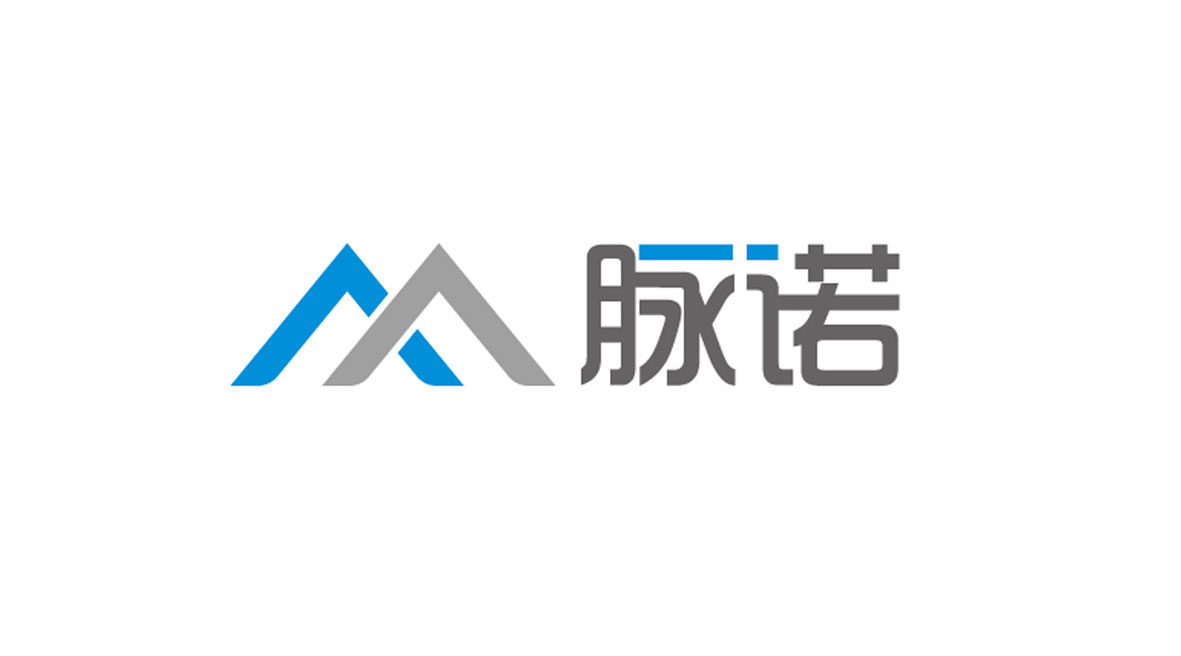

4.2化学去除方法
Methods of chemical removal
化学去除有不同的选择,每种方法将在下面进行描述。
这些选项可以单独使用,也可以在必要时相互组合使用。
There are different options available for chemical removal, each of which will be described below.
These options can be used separately or, where necessary, in combination with one another.
4.2.1化学酸洗
Chemical pickling
酸洗是一种对不锈钢表面的强化化学处理方法,为专业公司持有。这种方法的优点之一是,它可以溶解更小规模的无机杂质,并系统地将它们清除出表面。通常,所有酸洗剂在清洗过程中都会造成少量的材料损失(从1到3µm)。用于此目的的化学品通常基于水溶液中的氢氟酸和硝酸,并可以浸泡、糊状和喷雾的形式使用。这些酸的反应主要分为以下两个阶段:
➡(1)金属氧化,和
➡(2)金属氧化物的溶解/反应形成一种典型的金属氟化物盐
Pickling is an in intensive chemical treatment of stainless steel surfaces that is reserved for specialist companies. One of the benefits of this method is that it can dissolve even smaller-scale inorganic impurities and systematically clean them off of surfaces. As a rule, all pickling agents cause a minimum amount of material abrasion (from 1 to 3 µm) during the cleaning process. The chemicals used for this purpose are typically based on hydrofluoric acid and nitric acid in aqueous solution, and are available in the form of baths, pastes and sprays. The acids essentially react in the following two-stage process:
➡ (1) Metal oxidation, and
➡ (2) Dissolution of the metal oxide / reaction forming metal fluoride as a typical metallic salt
在进行酸洗工艺之前,必须去除覆盖表面的任何东西(例如,标签粘合剂),来确保处理用化学品能在没有任何阻碍的同时地接触表面。
Before the pickling process can be applied, anything covering the surface (e.g., adhesive labels) must be removed to ensure that the treatment chemicals can reach the surface at the same time without any hindrances.
根据于各种不同的标准,选择合适的酸洗剂和合适的酸洗方法,以及正确的参数:
➡要被酸洗的是哪种类型的不锈钢或哪种等级的合金?
➡要移除的薄层范围?
➡被酸洗的部件应符合哪些表面要求(例如,根据DIN EN 4288的最终粗糙度Ra/Rz)?
Selecting the proper pickling agent and the appropriate pickling method, as well as the correct parameters, depends on various different criteria:
➡ Which type of stainless steel or grade of alloy is being pickled?
➡ How extensive are the films that are to be removed?
➡ Which surface requirements (e.g. final roughness Ra/Rz in accordance with DIN EN 4288) will the pickled component be subject to?
根据所用的酸洗剂选择酸洗参数,在酸洗、活化和漂洗后,不锈钢表面将具有一个完全可钝化的表面。对于自发形成保护性钝化层,随后建议采用适当的化学钝化步骤,之后应用符合DIN EN 285(给水)规范的水冲洗表面,以达到最终无酸(pH为7)状态。可以预期的被动层通常展现出的平均厚度约为1–3nm。氧化介质(如硝酸或过氧化氢)是有效的钝化剂。
Depending on the pickling agent used / pickling parameters selected, the stainless steel surface will have a fully passivatable surface after the pickling, activating and rinsing. For a spontaneous formation of a protective passive layer, a suitable chemical passivation step is subsequently recommended, after which the surface should be rinsed with water that meets the specifications of DIN EN 285 (feed water) to achieve a final acid-free (pH of 7) state. The passive layers that can be expected normally exhibit an average thickness of approx. 1–3 nm. Oxidising media (e.g. nitric acid or hydrogen per0
oxide) are effective passivating agents.
湿化学钝化反应在几秒钟到几分钟内发生。
The wet-chemical passivation takes place within a span of a few seconds to a few minutes.
合适的络合剂(NTA、EDTA、GLDA、柠檬酸),通常用作湿化学 钝化溶液中的添加剂,也可用于后处理,以去除存在于表面的任何铁离子。然而,这些物质对不锈钢表面没有再钝化作用,在酸洗后这些加入到硝酸水溶液,实现了相应综合的钝化作用和最终清洗效果。
Suitable complexing agents (NTA, EDTA, GLDA, citric acid)—normally used as an additive in wet-chemical passivation solutions—can also be used for post-treatment to remove any iron ions present on the surface. However, these substances do not have a repassivating effect on stainless steel surfaces, though it should be added that when aqueous nitric acid is used in activation after pickling, a corresponding synthesis of passivation effects and final cleaning is achieved.
如果化学产品用于酸洗、活化、钝化和事先脱脂,则应遵守每个产品的制造商提供的安全数据表和处理信息。
Where chemical products are used for pickling, activation, passivation and also for degreasing beforehand, the safety data sheets and processing information provided by the manufacturer should be observed for each product.
酸洗所涉及的复杂过程强调了这类工作需要必须由专家来完成的重要性。这需要确保防止对设备及其表面的永久性损坏(例如,所谓的“过度酸洗”)。
The complex processes involved in pickling underscore the importance of the need for this type of work to be performed solely by a specialist. This is necessary to ensure that permanent damage to equipment and its surfaces is prevented (e.g. what is referred to as 'overpickling').
4.2.2化学除锈
Chemical derouging
在主要使用有机络合剂溶液的化学除锈中,位于不锈钢表面或粘附在不锈钢表面的薄膜如重金属氧化物颗粒(铁、铬、镍等)被清洗掉,不会留下任何残留物,也不会侵袭或损坏不锈钢表面。在复杂的部件的几何情况下这是一个重要的,往往比化学酸洗具有优势的决定性工艺,这意味着化学除锈工艺提供更大的可靠性。
In chemical derouging that involves the use of a predominantly organic complexing agent solution, films such as heavy metal oxide particles (of iron, chromium, nickel, etc.) located on or adhering to stainless steel surfaces are chemically cleaned off of the surfaces without leaving behind any residues, and without attacking or damaging the stainless steel surfaces. This is an important and, in the case of complex component geometries, often decisive process advantage over chemical pickling, which means that chemical derouging delivers much greater process reliability.
化学处理在一个封闭的腔室中进行,通过可控地润湿腔室的内表面,清洁溶液保持在可控的温度下。原则上,也可以用适当的清洗液完全填充完全密封的腔室,并在预定的应用时间内执行清洗程序。作为一种替代方法,通过将溶液通过适当的泵和腔体范围内喷淋头循环,也可以使用相对少量的流体成功地进行有效的清洗。
The chemical treatment takes place in a closed chamber by means of a controlled wetting of the chamber's interior surfaces with cleaning solutions kept at controlled temperatures. In principle, it is also possible to completely fill a fully sealed chamber with a suitable cleaning fluid, and to carry out the cleaning programme over a predetermined application time. As an alternative, an effective cleaning can also be successfully carried out using a relatively small amount of fluid by circulating the solution through suitable pumps and spray heads in the chamber area.
依据实际清洁步骤(=去锈程序)之后,使用特定的钝化溶液再钝化受影响的腔室表面,然后用符合DIN EN 285(给水)规格的水冲洗以去除所有残留的酸液。最后一步后,使用电导仪测量来检查酸去除的效果。
Following the actual cleaning step (=derouging procedure), the affected chamber surfaces are repassivated using special passivation solutions and are then rinsed with water that meets the specifications of DIN EN 285 (feed water) to remove all remaining acid. After this last step, an electrical conductance measurement is used to check the effectiveness of the acid removal.
通过选择化学和环境更温和的除锈溶液,这种纯粹的化学处理——不像化学酸洗——消除了表面侵蚀和表面粗糙度的恶化,即使更长的使用时间,因为所涉及的不锈钢合金在除锈溶液中的化学耐腐蚀性能没有降低。
By choosing derouging solutions that are chemically and environmentally much gentler, this purely chemical treatment—unlike chemical pickling—eliminates surface attacks and deterioration of the surface roughness, even with longer application times, since the chemical resistance of the stainless steel alloys involved is not decreased in the derouging solutions.
来自:德国的钱伯斯工作组(德语缩写:AKK)的手册

Equipment Sales:
Mr. Wang: +86-15921887786
Mr. Li: +86-18017268222
Processing Service:
Ms. Zhang: 18001952488
Ms. Long:13386001718

Add.: No. 8 Xinshun Road, Zhujing Industrial Park, Zhujing Town, Jinshan, Shanghai, China

Email:
sales@mirrorglabrous.com